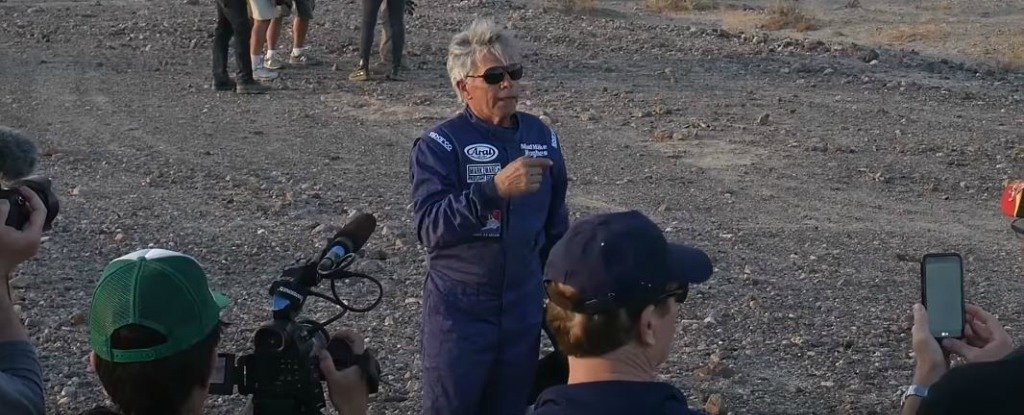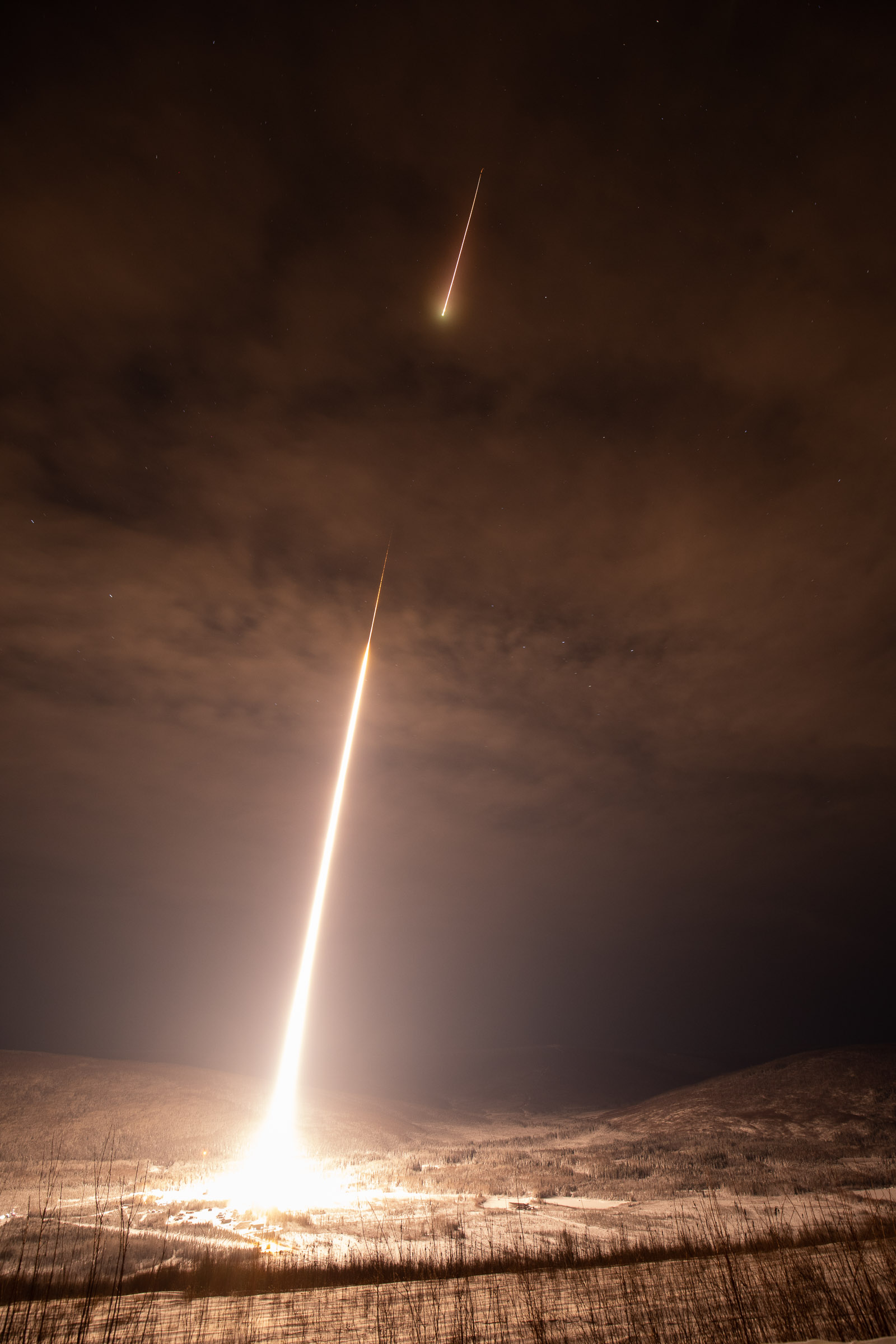


Once hurled into space past Earth's protective blanket, NWA 13188 would've been susceptible to galactic cosmic rays, made of high energy particles that arise from distant exploding stars and penetrate our solar system at light-like speeds. Rocks blasting from even the record-breaking Hunga Tonga-Hunga Ha'apai submarine volcano last year peaked at 36 miles (58 kilometers) - well before the edge of Earth's atmosphere, a threshold the meteorite seems to have flown far beyond. The only other natural event capable of catapulting rocks to high altitudes is a volcanic eruption, but geologists say that possibility is highly unlikely to explain the latest findings. Gattacceca and his colleagues strongly suspect the rock was first hurled into space after an asteroid pummeled into Earth roughly 10,000 years ago. The measured concentrations of these lighter elements, called isotopes, "are too high to be explained by processes taking place on Earth," said Jérôme Gattacceca, a geophysicist at the French National Centre for Scientific Research who is leading the investigation of the unusual meteorite, which was officially named Northwest Africa 13188 (NWA 13188).

These lighter versions are known to occur only upon interacting with energetic cosmic rays in space, which provided one of two key pieces of evidence declaring the rock's trip beyond Earth, geologists say. Interestingly, however, a few of its elements seem to have been altered into lighter forms of themselves. Early diagnostic tests show the unusual stone features the same chemical composition as volcanic rocks on Earth.


 0 kommentar(er)
0 kommentar(er)
